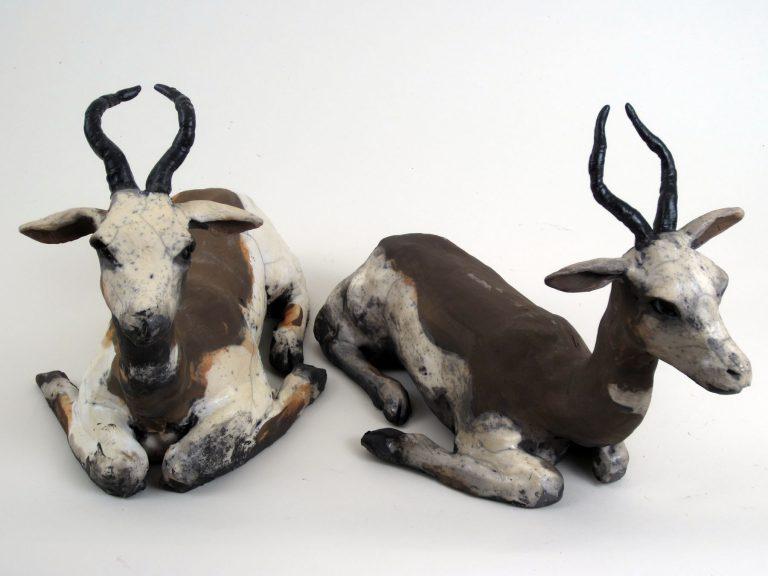Cambridge science writer Anita Harris reports on award-winning technologies she came upon at the 2018 BIO-IT World...
anita harris
Concord's lacoste gallery becomes Lacoste Keane; to focus on contemporary ceramic art, as announced at opening of...
Cambridge writer, photographer, consultant and art lover Anita Harris plans to attend the opening of "Through the...
Cambridge writer Anita Harris felt inspired by the Georgia O'keeffe show at the Peabody Essex Museum in...
Health Science writer Anita Harris reports on digital innovations aimed at transforming a troubled US health care...
Writer Anita Harris enjoyed the spirit and creativity exhibited at the 2018 Women's March in Cambridge, MA....





